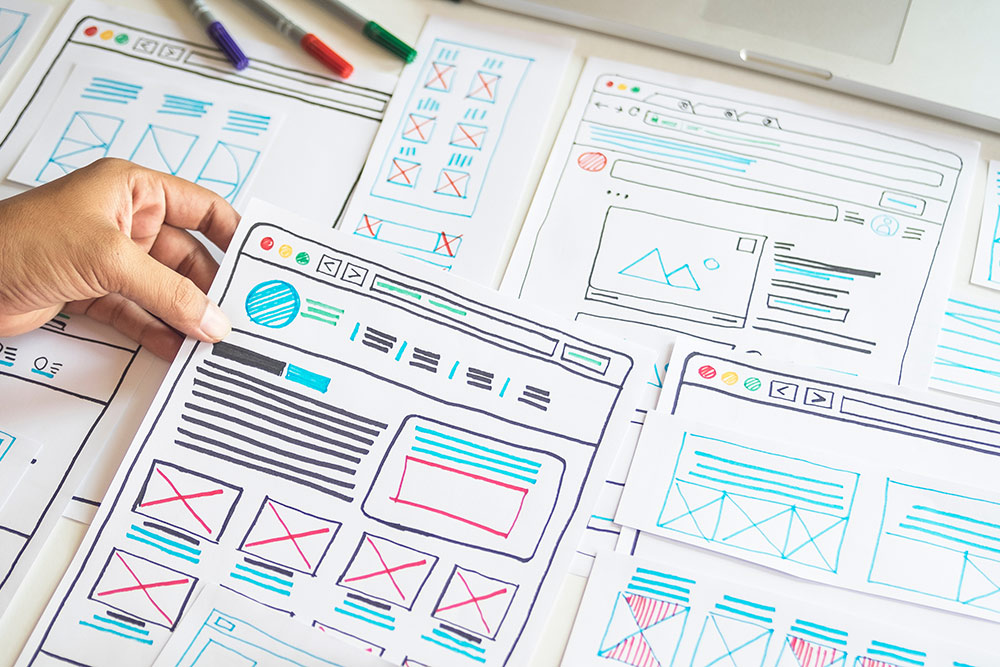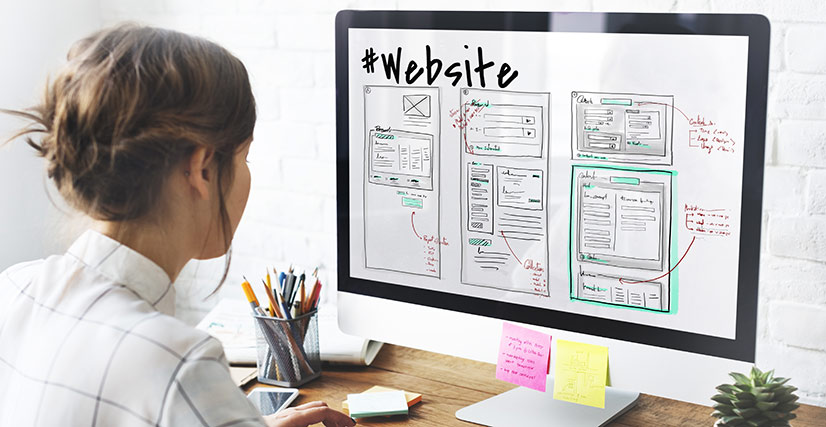Marketing a small business has come a long way from giving out flyers to relying on the powers of the internet. Nowadays, having a website is one of the most important marketing tools for both small and large-scale businesses. As such, business owners must pay attention to their website design, which also affects search rankings.
In a nutshell, the better the website design and SEO tactics are, the more traffic you can drive to your website. Over time, this accumulated traffic will make your website rank higher in search results. Even if you have the best products and services, but you don’t pay attention to these things, you won’t find much success in your online business voyage.
With this in mind, here are some tips on web design and SEO that can help jumpstart your small business!
Mobile-Friendliness
You should know by now that most online users are using their smartphones to browse on the web. Note that website layouts change when loaded to different sizes of screens. As such, it can be quite disastrous if you don’t consider this fact. Thus, one of the first things you must keep in mind is to keep your website design mobile-friendly. Furthermore, it’s also one of the most important ranking factors for Google.
The best way to address this is to opt for a responsive design to make your website accessible on various devices. It will customize your website’s overall layout, function, and loading period depending on the device used to view it. You can also use Google’s Mobile-Friendly Test tool to check this before launching your website. You can also look for web design services from professionals to help you out.

Design an Easy-to-Navigate Layout
Your website’s overall layout and design can either engage or scare off visitors. With poor website design, you’re also compromising the readability of important information on your website. What’s the point of having a website if your potential customers can’t navigate it with ease?
Make sure to use a simple, clear, and consistent layout for your website design. What exactly does this mean? Below are some of the things you must keep in mind when it comes to your website layout:
- Have a definite color scheme
- Use a layout template for different pages for consistency
- Use easy-to-read fonts
- Pay attention to line length and other non-text elements
- Incorporate a simple navigation bar
- Showcase your products or services clearly using images, videos, and descriptions
- Make sure that your business’s contact details are complete and easily visible (preferably both at the top and bottom of every page, plus a separate ‘Contact’ page)
These elements will make your business’s website easier to navigate for returning customers. It will make them more familiar with your branding and thus keeping you on top of their minds.
Prioritize Website Speed
Website speed is perhaps one of the most crucial aspects of SEO, and yet, one of the most overlooked. People want everything “quick and easy.” When websites load too slow, even longer than three seconds, chances are visitors will get bored and close it quickly. Furthermore, it can also hurt your Google ranking. And often, website speed has a lot to do with web design.
Many different factors affect website speed that you have to keep in mind, including:
- Plugins
- Browser caching
- Image file types
- Hosting server
To monitor the loading speed of your web pages, you can use Google Analytics, Google Search Console, and Google PageSpeed Insights tool.
Pay Attention to URL Structure
Generally, website URLs would have automatically generated combinations of letters and numbers that are impossible to remember. When setting up your website, make sure not to miss the customization of URL structure, this should be easy and will be your page title.
Each page of your website should have a descriptive URL that sums up the page’s content. For this, it’s best to use descriptive words for search engine optimization. Furthermore, it’s important to note that you must use hyphens to divide these keywords.
Optimize Heading Tags Properly
Heading tags are another important but often overlooked element in SEO. Heading tags provide search engines the information on which tags have higher value relative to the texts on the web page.
The general rule is to use the <h1> tag for the title or main topic of a specific webpage. Then, you can use <h2>, <h3>, <h4> tags, and so forth to establish which content has higher value. Doing so will also boost user experience since it will be easier for readers to digest organized content.
Keep Your Website Content Fresh
Aside from website design, it’s, of course, essential to maintain up-to-date content. Note that having stale content can badly hurt your SEO ranking as well as turn off visitors. To avoid this, here are some practices you can implement to keep your website content fresh:
- Add new and relevant blog posts regularly
- Always update contact details and customer service guarantees
- Check for broken links
- Update internal and external links to blog posts regularly
Optimize Keywords
This is undoubtedly the undying buzzword in SEO—keywords. And it’s no wonder why. Keyword optimization in your content can either make or break your business website’s SEO performance. The more optimized the page is for certain keywords, the higher the chances of ranking higher in search engine results.
Make sure to include relevant keywords in the URL, meta description, page title, and throughout the web page content. What happens is that when a search query matches up with the optimized keyword on your page, it will come up bolded in the search results. One thing to note is to avoid keyword stuffing since instead of boosting your SEO, it can hurt it in the process.
Add ALT Tags
Similar to paying attention to URL structure, it’s also crucial to do the same for images. Make sure to add ALT tags to all images on your website that describe what the image is. It helps web crawlers and search engines index these images so that they will show up in image searches. In a way, it can also boost the relevancy of the page to keyword search queries. Plus, it can help customers and clients depict what the image is about in case it doesn’t load.
In Conclusion
How you present your website can determine how well your small business will perform online. By implementing the tips above on your website, you can start optimizing your web pages. In the long run, keeping these things in mind will make a massive difference in your business growth, lead conversion, page rank, and revenue. Also, there are web design services you can check out here at Salt Manage. If you are in need of web development or SEO assistance, contact us today, and let’s get started!
